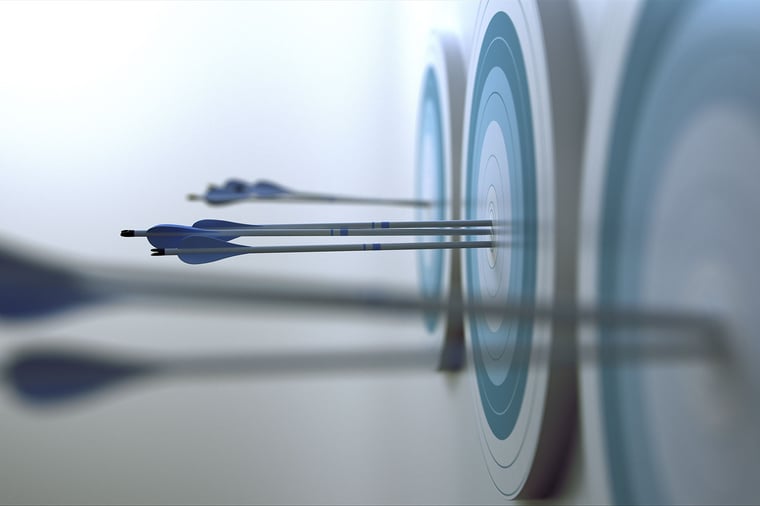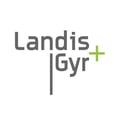AMI technology provides energy data from millions of energy consumers. The information on energy consumption and power quality is deeply integrated into the internal processes of the utilities and is crucial for their business continuity. The performance of the smart metering solution goes beyond the technical quality of individual AMI components.

Progressive methods increase the quality of smart metering
A smart metering solution consists of various components: devices, communications, software and integrations as well as the associated services. Seamless operation of the solution not only depends on the quality of individual solution components, but also on their compatibility and interaction as an optimized solution package.
Quality is built on the technologies, the processes, methods and tools used as well as the personnel and partner networks involved. Several worldwide standards, such as ISO 9001; 27001; 14001 and OHSAS 18001 exist that are a guideline to developing quality of products and operations. Standards and industry best practice models provide the backbone for the continuous improvement of processes. Certificates confirm that the quality of products, management systems and personnel complies with international, national and local requirements. Ultimately, however, quality is a customer’s perception of the degree, to which the product or service meets their expectations.
Quality starts with the design
In smart metering devices, technical quality builds on rigorous processes ranging from supplier selection, via product design through to production. It encompasses component suppliers, design and development as well as production. Modern industry quality assurance standards and methodologies, such as Advanced Product Quality Planning (APQP) and Design for Six Sigma (DFSS), support in developing high quality into the product design while improving the quality of process outputs. As an integral part of the production process, systematic testing, batch testing and Highly Accelerated Life Testing (HALT), assure that any potential issues are detected before the products leave the factory. A further keyword for quality is traceability: this ensures that the path from production to the customer is known and traceable for each meter and its components.
HALT simulates environmental conditions, such as 85 degrees temperature and 85% humidity or vibration conditions for 1,000 hours at 100 amps.
As far as the quality of the devices over the lifetime is concerned, advanced meter functionality also plays a role. Remotely upgradeable devices allow for installing new meter firmware in the event that it is required for complying with new legal or business requirements, resolving an issue in the field or if improved technology is available.
Requirements evolve into SW features
In smart metering software development, customer requirements and expectations are designed into the system features. Understanding and defining the requirements from the very beginning of the process is thus the basis for quality. As one of the Landis+Gyr SW specialists writes in his blog article: the challenge lies in understanding and even anticipating the customer’s needs, rather than just delivering what is wanted.
Requirements management is also present in the core of agile software development methodologies. These are based on iterative development, where requirements and solutions evolve through collaboration between self-organizing cross-functional teams. Agile methodologies, such as Scrum, ensure that the “customer’s voice” guides the prioritization of system features to be developed.
Another example of agile methodologies is Continuous Delivery, which enables fast adaptation to changing requirements while ensuring that the changes to one part of the existing code do not have a negative impact on the rest of the system software.
In addition to systematic design and development processes, the quality of software products is also ensured by broad automated testing processes. At Landis+Gyr, system testing is carried out on thousands of software test cases, of which the majority are tested using the devices and communications of a real smart metering environment.
Solution level testing and validation
As mentioned above, even the best quality of devices and software is not visible for the customer unless they work seamlessly together. When the solution components are designed to interwork right from the beginning, the risk of mismatch and interference is minimized and the customer can optimally benefit from the solution functionality. Comprehensive solution integration testing proceeds alongside the software testing and validates the E2E functionality and compatibility of the solution components.
In addition to in-house testing and quality assurance to the best industry standards, testing in both accredited external laboratories and field conditions is carried out when introducing new technologies to the market.
E2E quality extends far beyond the delivery of the solution to encompass support and services provided during the rollout and daily operations. It includes the supplier’s commitment to continuity and capability to upgrade the solution to meet the evolving market requirements. And ultimately, it will always be evaluated by the customer.
Our policy is to integrate quality, health, safety and environmental characteristics into the scope of our business, viewing them as opportunities for improvement. See the full Landis+Gyr Quality, Occupational Health & Safety and Environmental Policy here.





